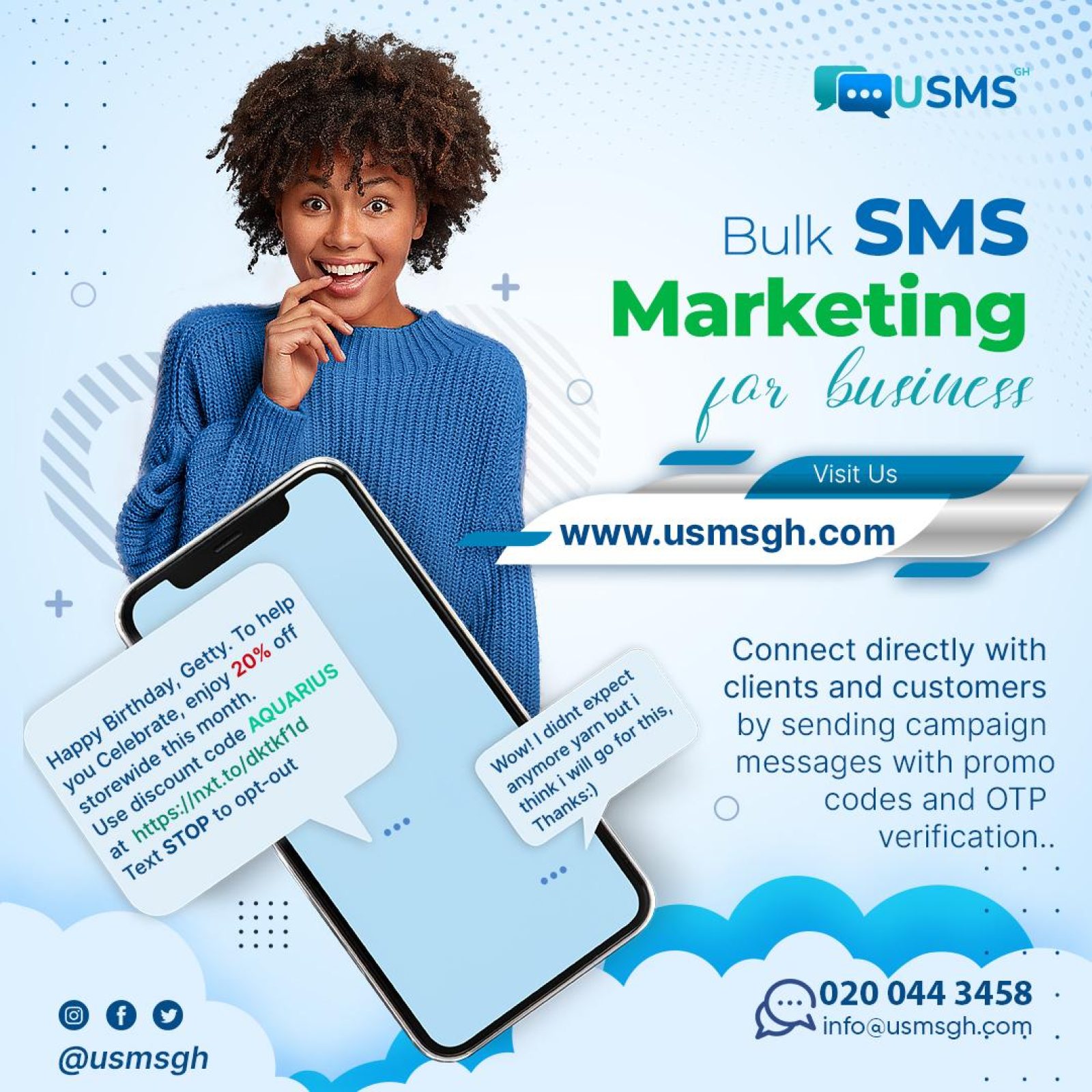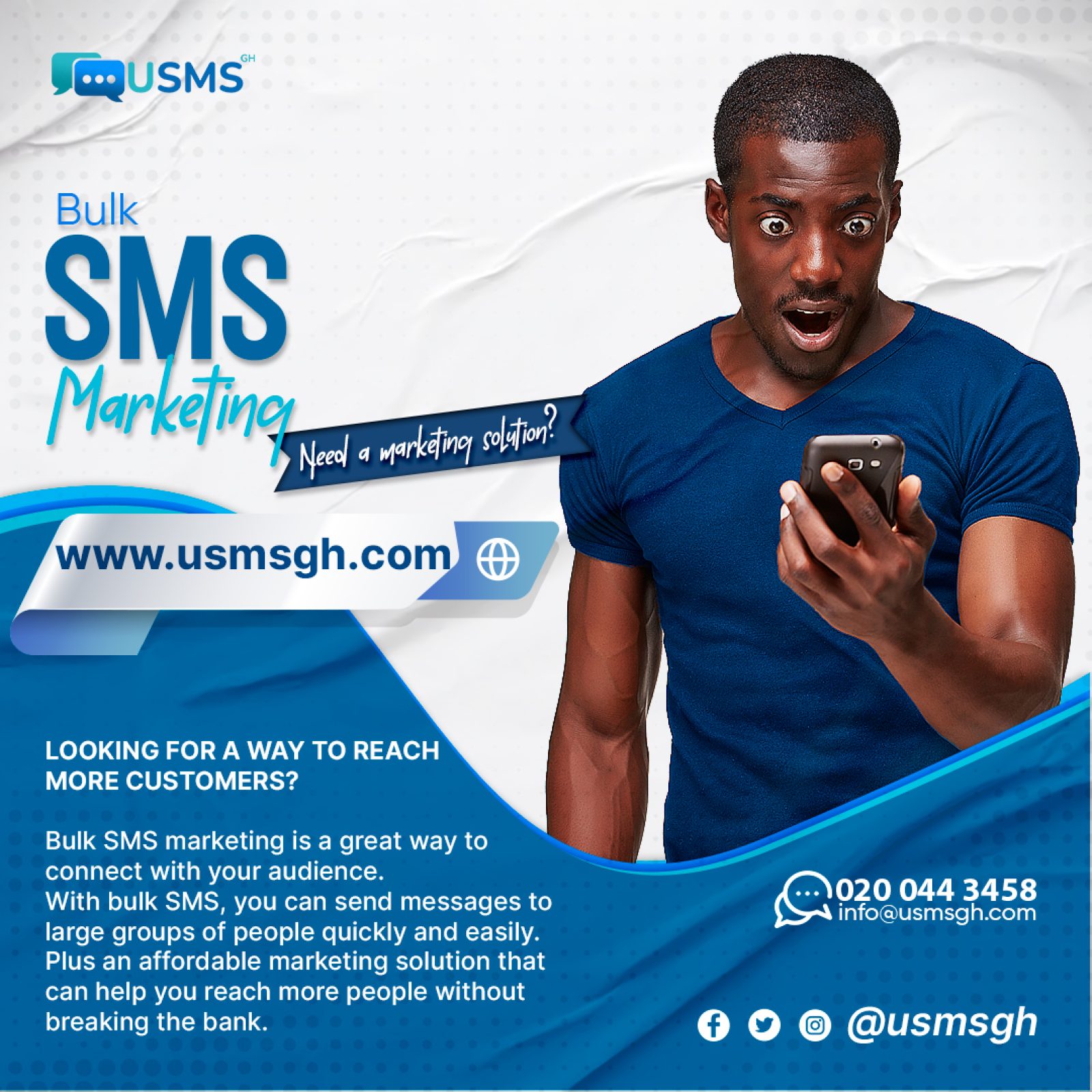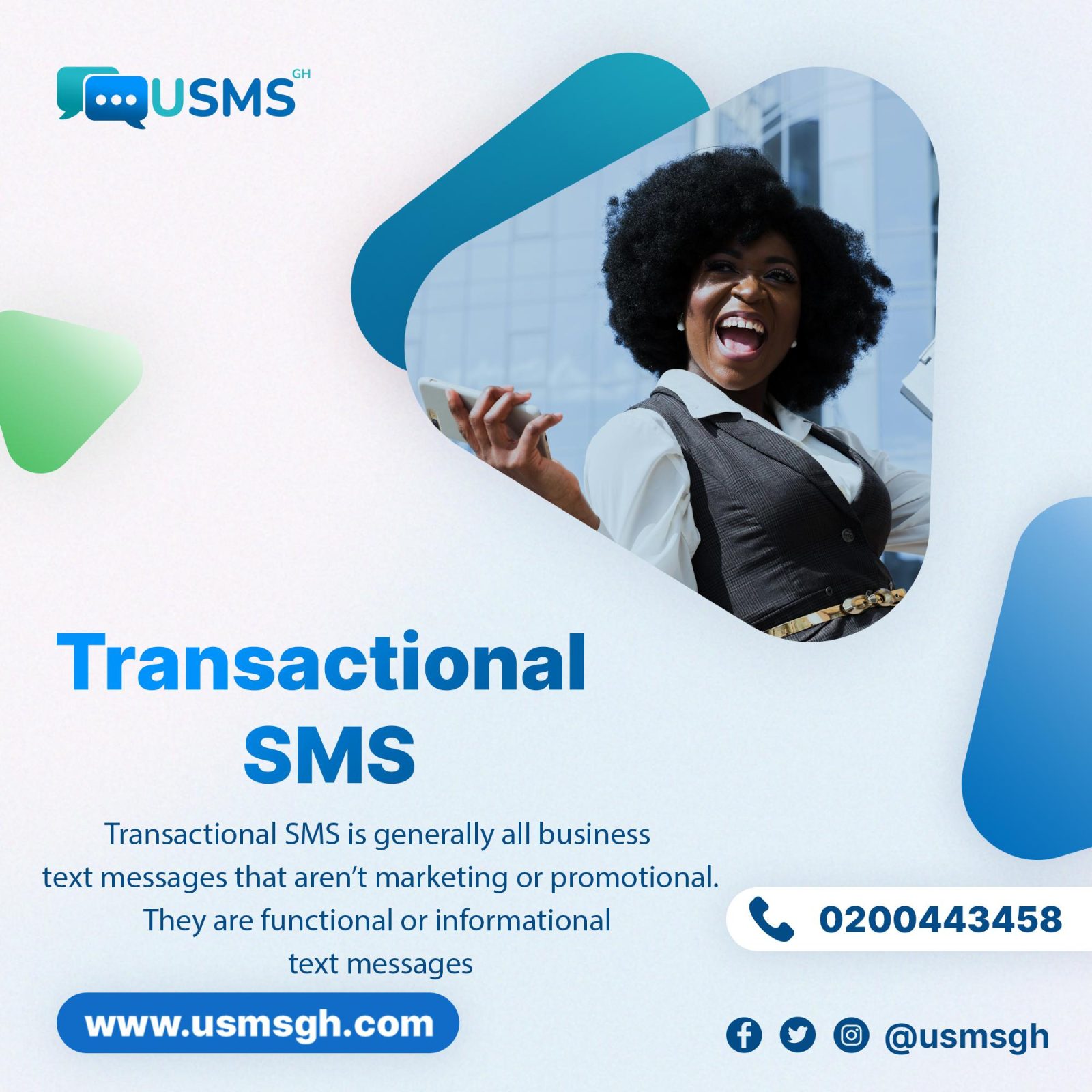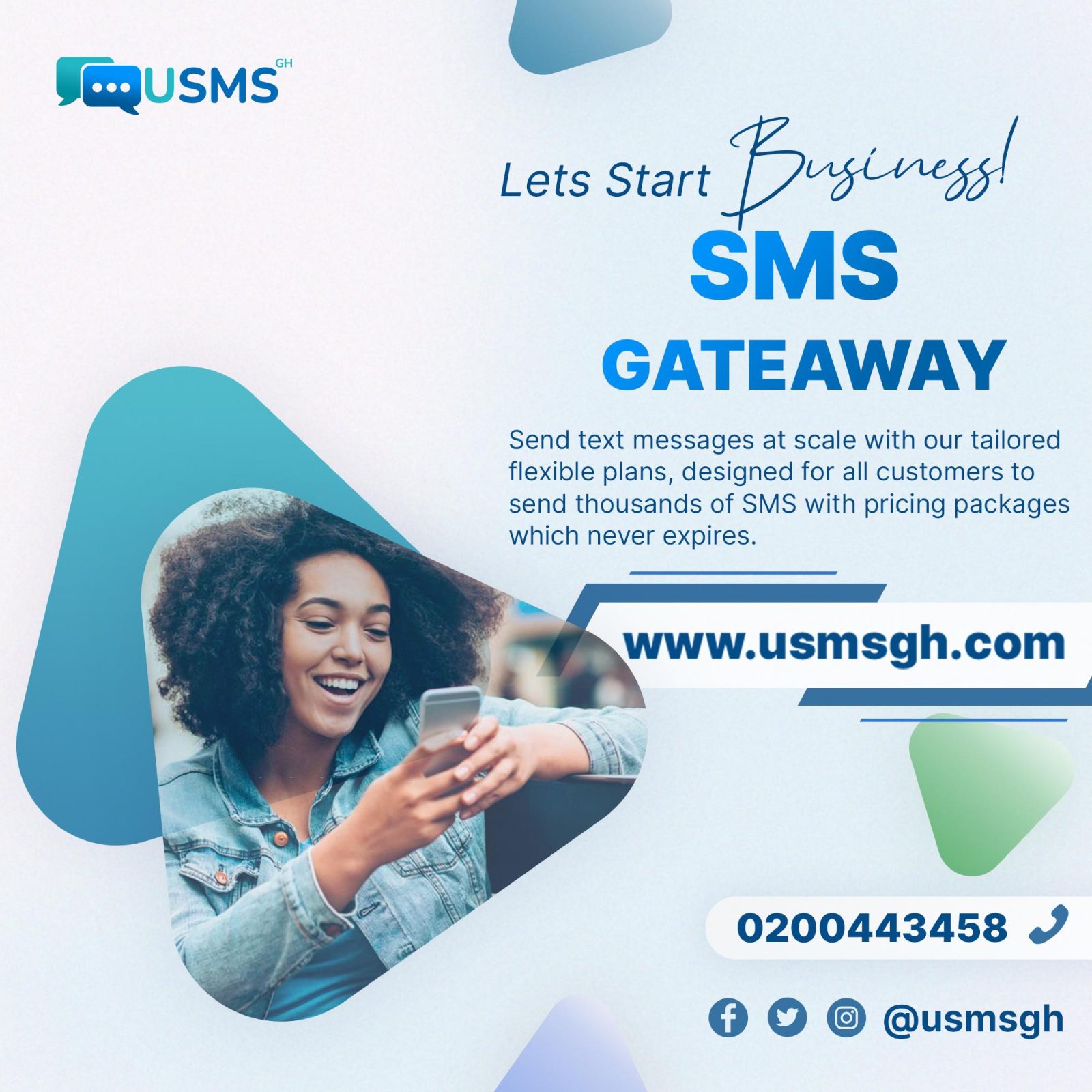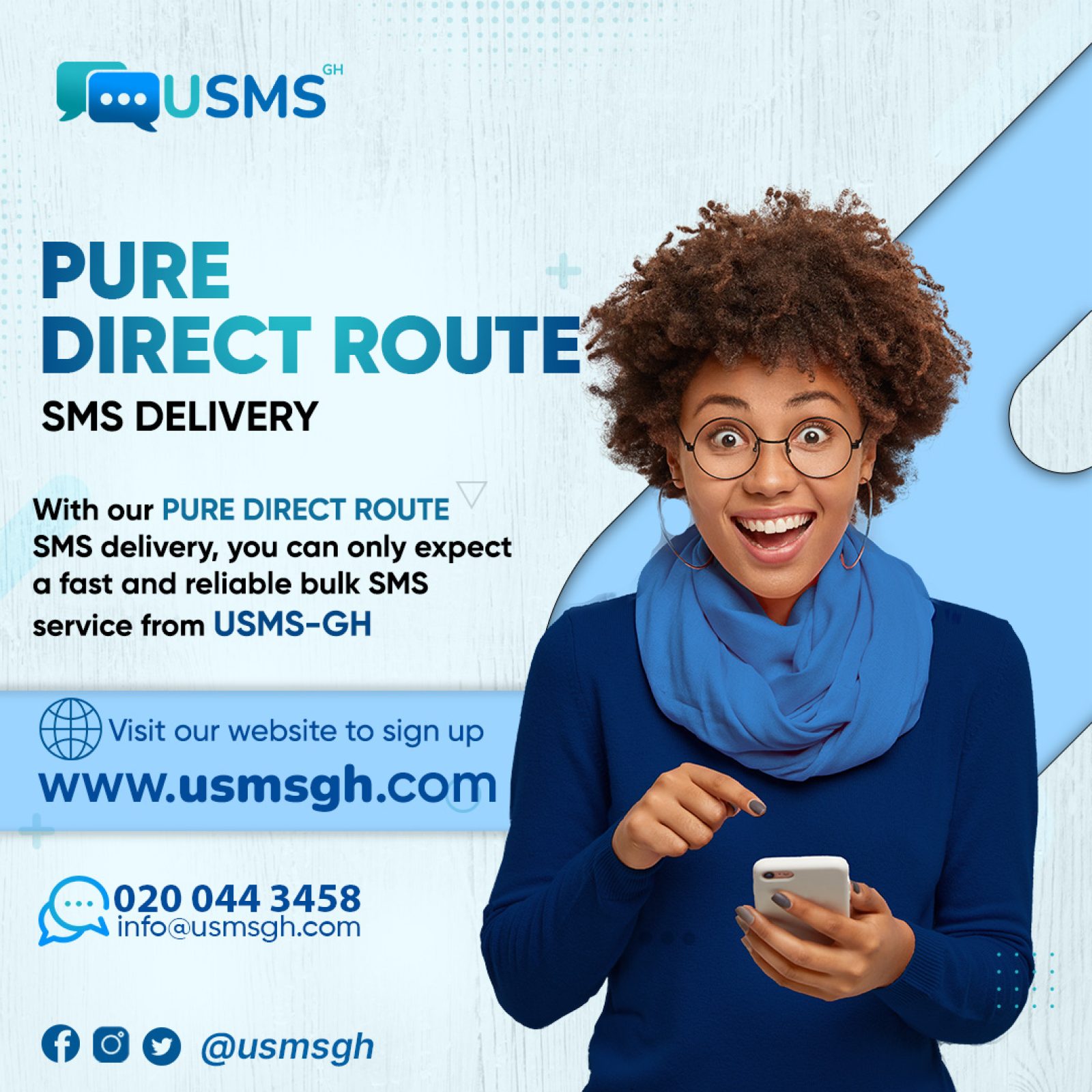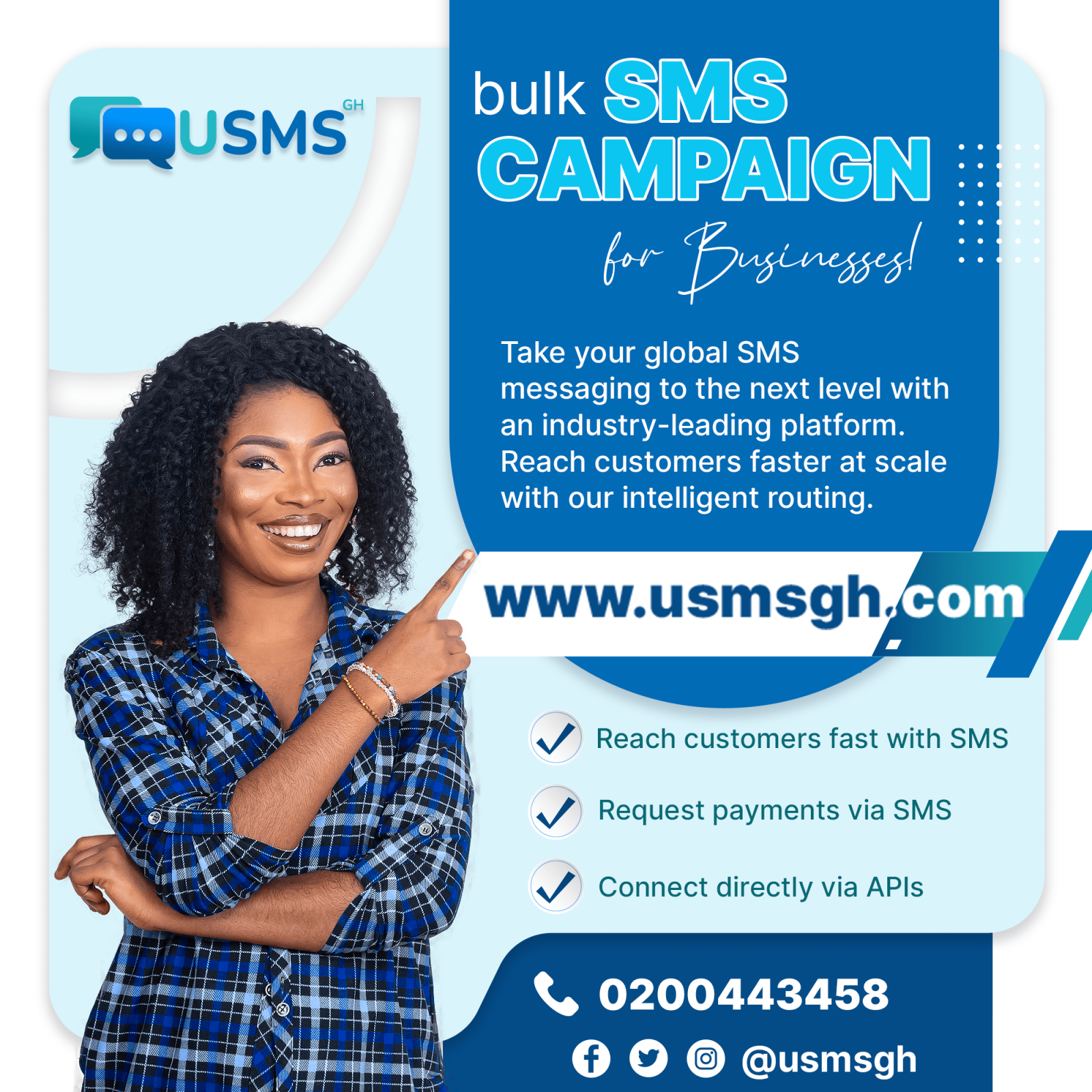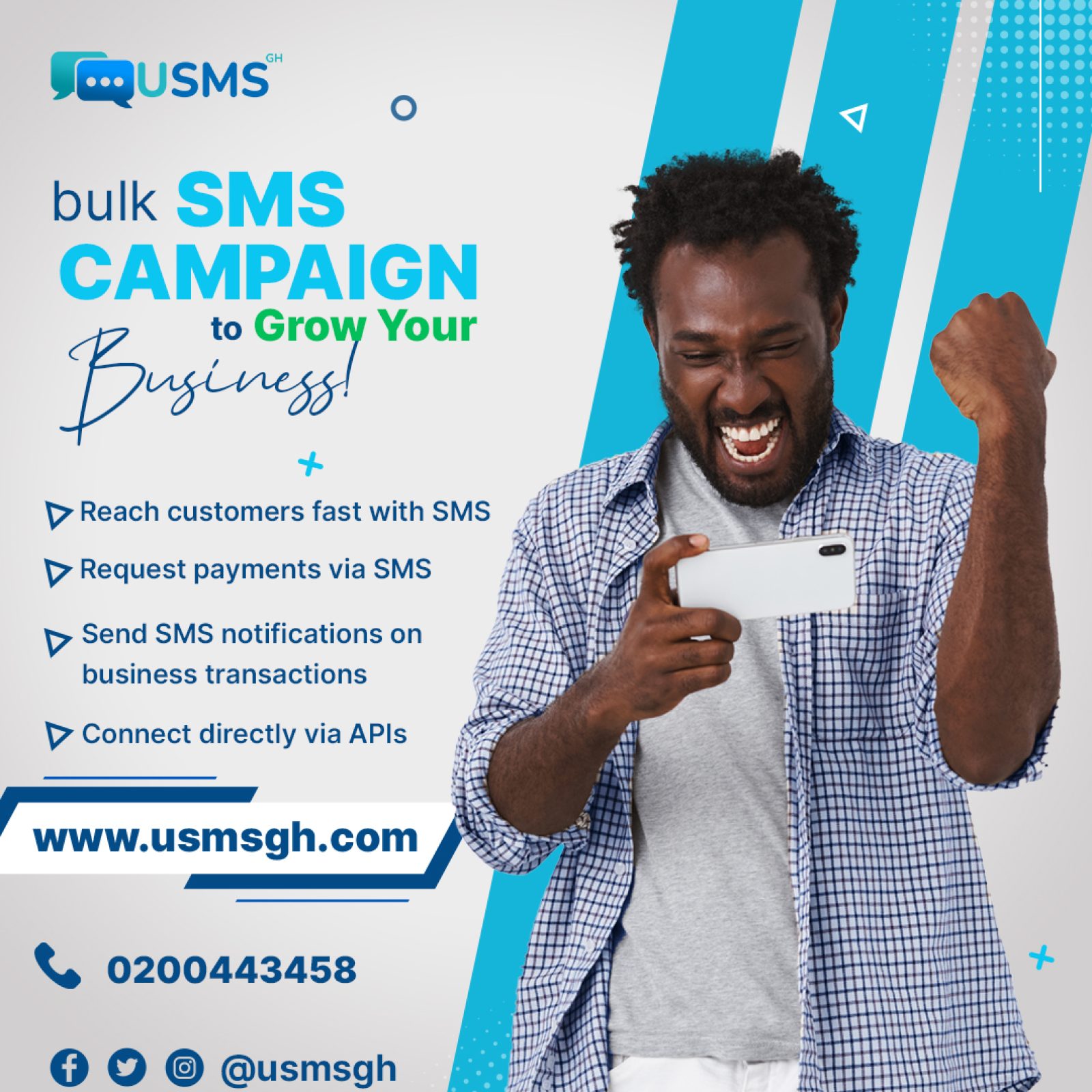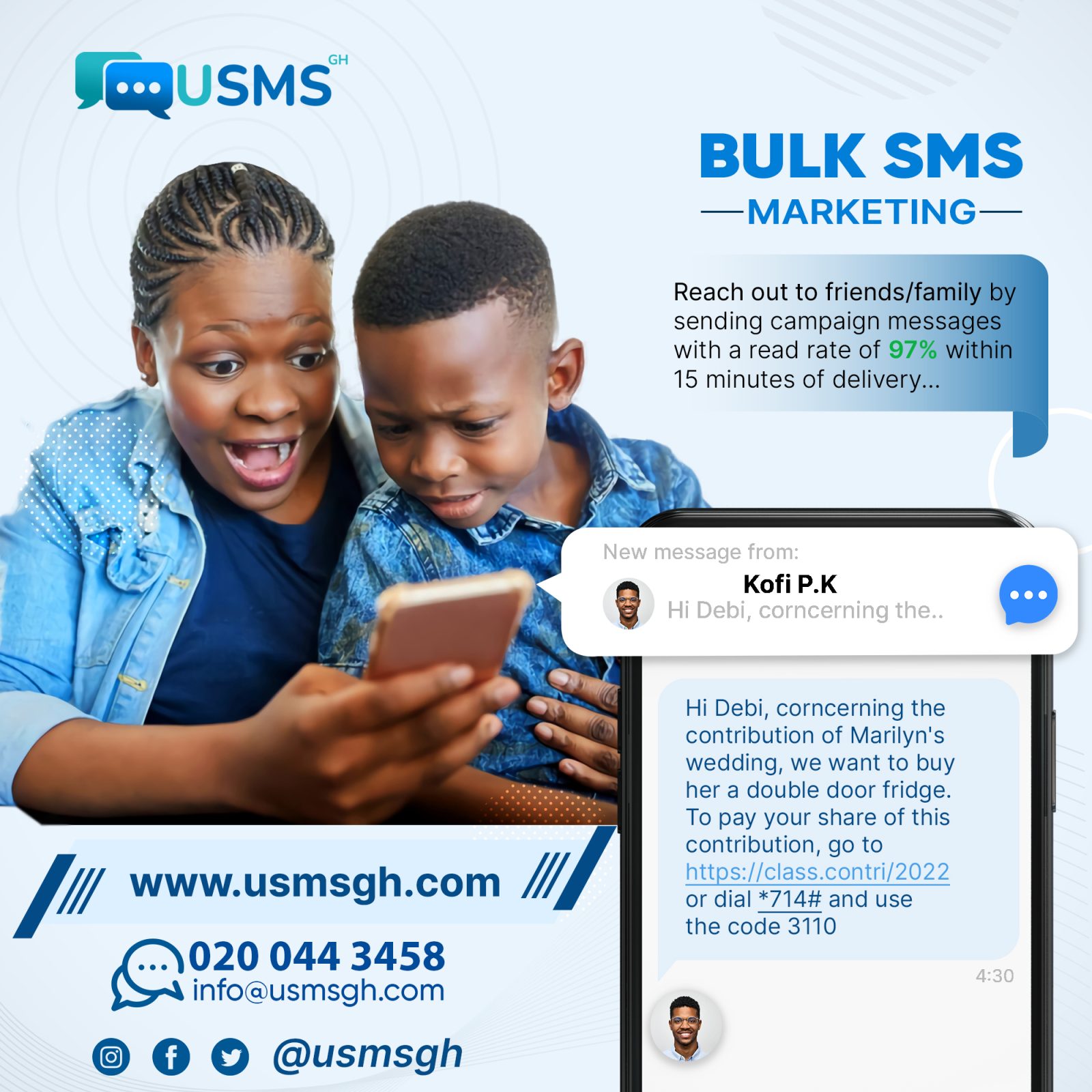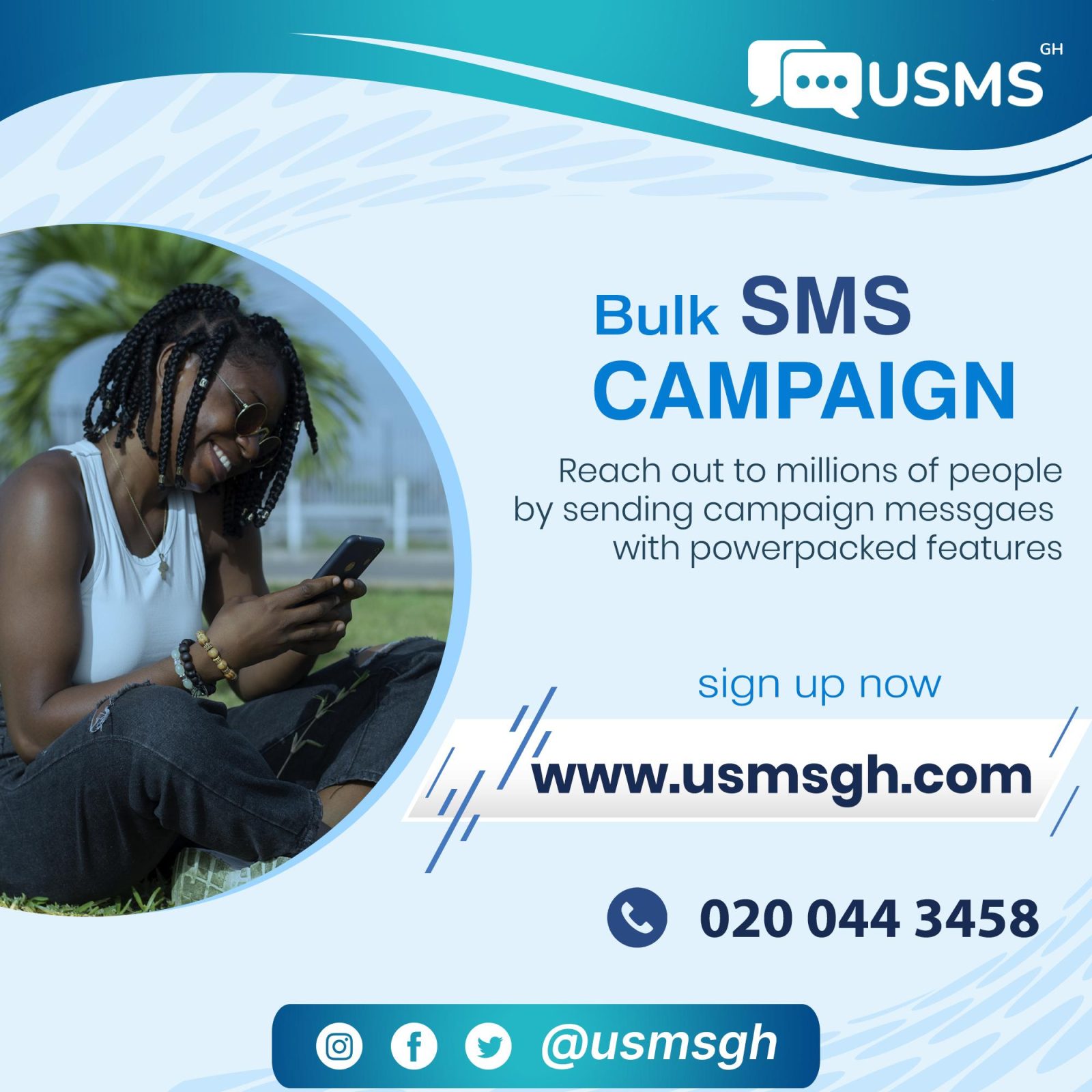OTT Messaging
OTT Messaging
Heard of OTT messaging? Not quite sure what it’s all about? While the acronym might not be all that familiar to you, the channels used for OTT...
SMS vs MMS
SMS vs MMS
You probably send text messages daily, but you still might not be able to answer the question: “What is SMS?” In short, SMS is simply an abbreviation...
Auto SMS Sender
Auto SMS Sender
It seems like everywhere you turn, people are talking about marketing automation. Even though it’s easy to tune out common buzzwords, automation is something you need to pay attention to — especially when it comes to SMS. Tools like an auto SMS sender can...
Spam Text
SPAM TEXT
Do you feel like you’ve been getting more spam texts than usual? Odds are, it’s because you are.
Spam texts are unsolicited messages sent by scammers...
Why do businesses need Bulk SMS-GH Messaging
Why do businesses need Bulk SMS-GH Messaging
Why do businesses need Bulk SMS-GH messaging is an excellent tool for businesses to stay in touch with their...
SMS sales automation
SMS sales automation
From prospecting to lead management and closing deals, your sales team can use SMS sales automation to help move customers through the sales...
2-Way Bulk SMS
2-Way Bulk SMS
2-Way Bulk SMS lets you send and receive messages to and from hundreds of people at once through a web-based platform that uses API. Your customers...
SMS API: A Quick Start Guide
SMS API: A Quick Start Guide
SMS API: A Quick Start Guide, it's simpler than ever to start sending text messages to your consumers.
Rapidly integrate our SMS...
SMS Unicode
SMS Unicode
Conventionally, SMS Unicode (Short Message Service) messaging is recognized to be one of the most used mediums of communicating. The techniques used in constructing SMS Unicode messages shape the way messages are sent and received by recipients. With that noted,...
Combining Email Marketing with SMS
Combining Email Marketing with SMS
Combining email marketing with SMS packs a pretty potent punch. Here are the top five benefits of mixing both of these channels...
